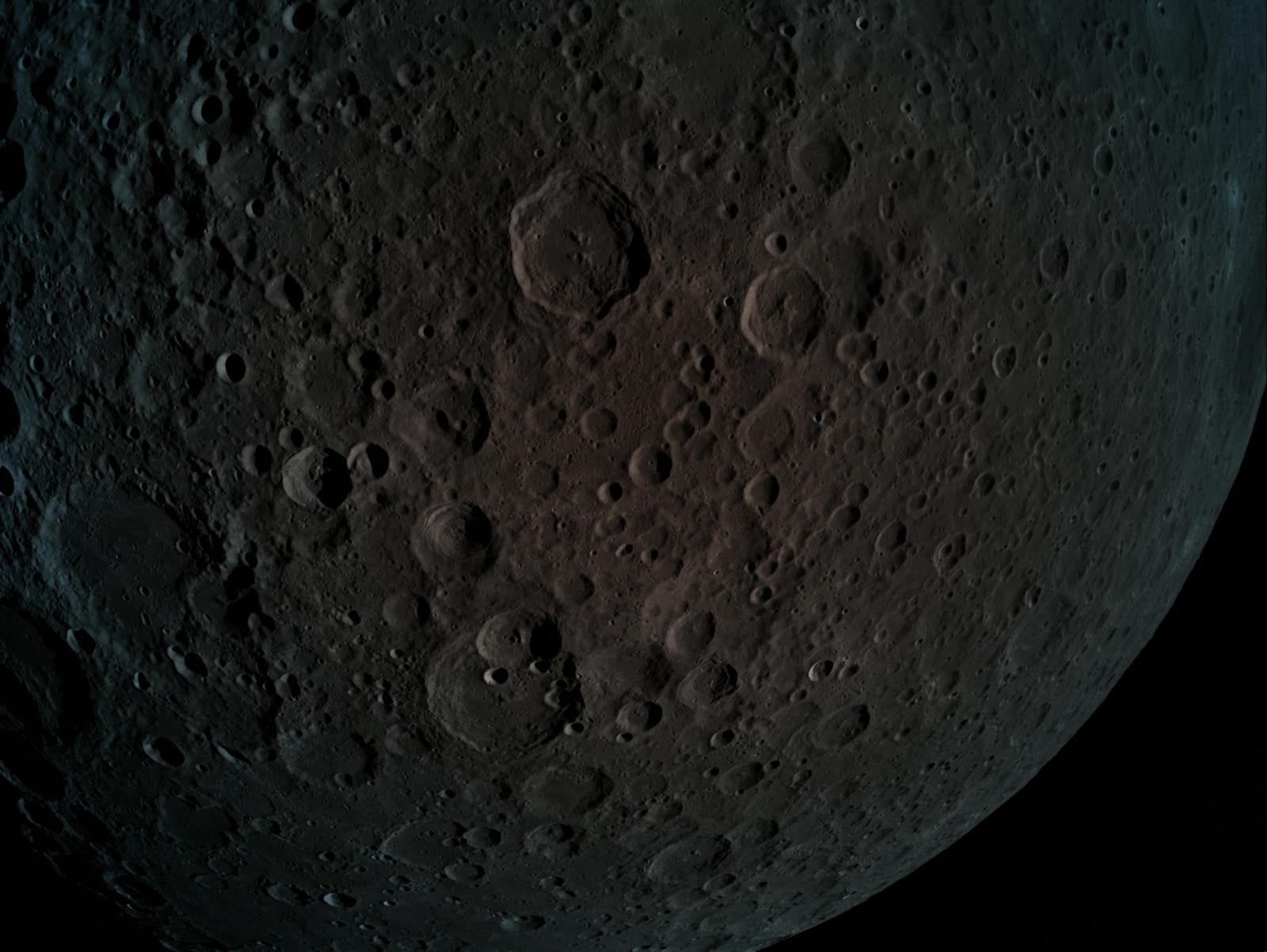How space missions have captured the far side of the moon, from the USSR to Israel
Israel’s Beresheet space lunar lander is expected to land on the far side of the moon tomorrow (April 11), aiming to be only the second spacecraft to successfully do so. (A Chinese lander became the first, in January.)
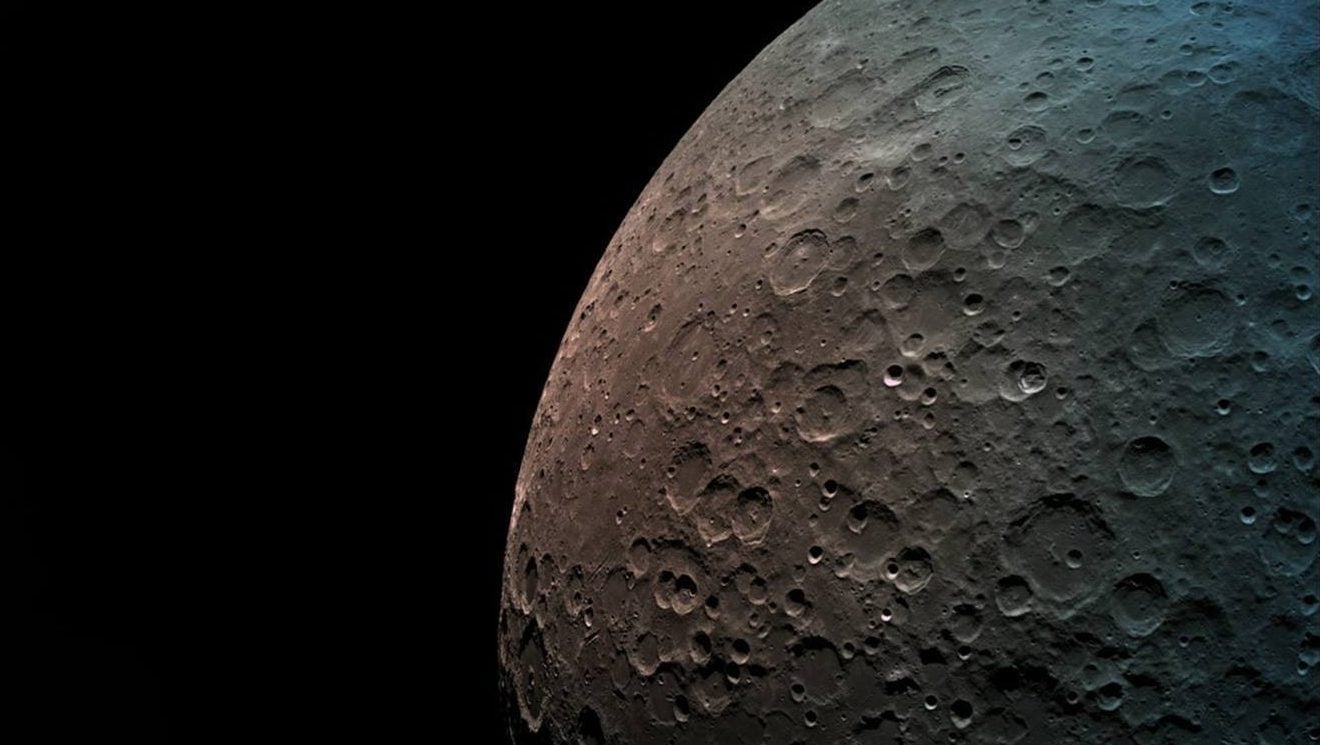

Israel’s Beresheet space lunar lander is expected to land on the far side of the moon tomorrow (April 11), aiming to be only the second spacecraft to successfully do so. (A Chinese lander became the first, in January.)
Astronomers have long been fascinated by the far side of the moon, which is never visible from Earth. As more missions venture to explore the far side, its landscape and our understanding of it have grown clearer.
Here’s a look at some of missions that have contributed to demystifying our closest celestial neighbor.
Luna 3
The Soviet space program launched its Luna 3 mission in 1959. During its orbit of the moon, it captured the first photographs of the far side.
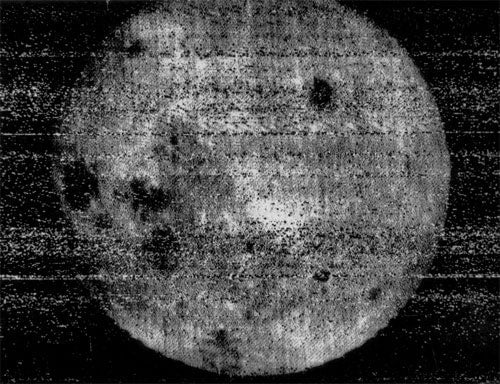
NASA’s lunar orbiters
NASA sent several lunar orbiter spacecraft in the years before the manned Apollo missions of the late 1960s.
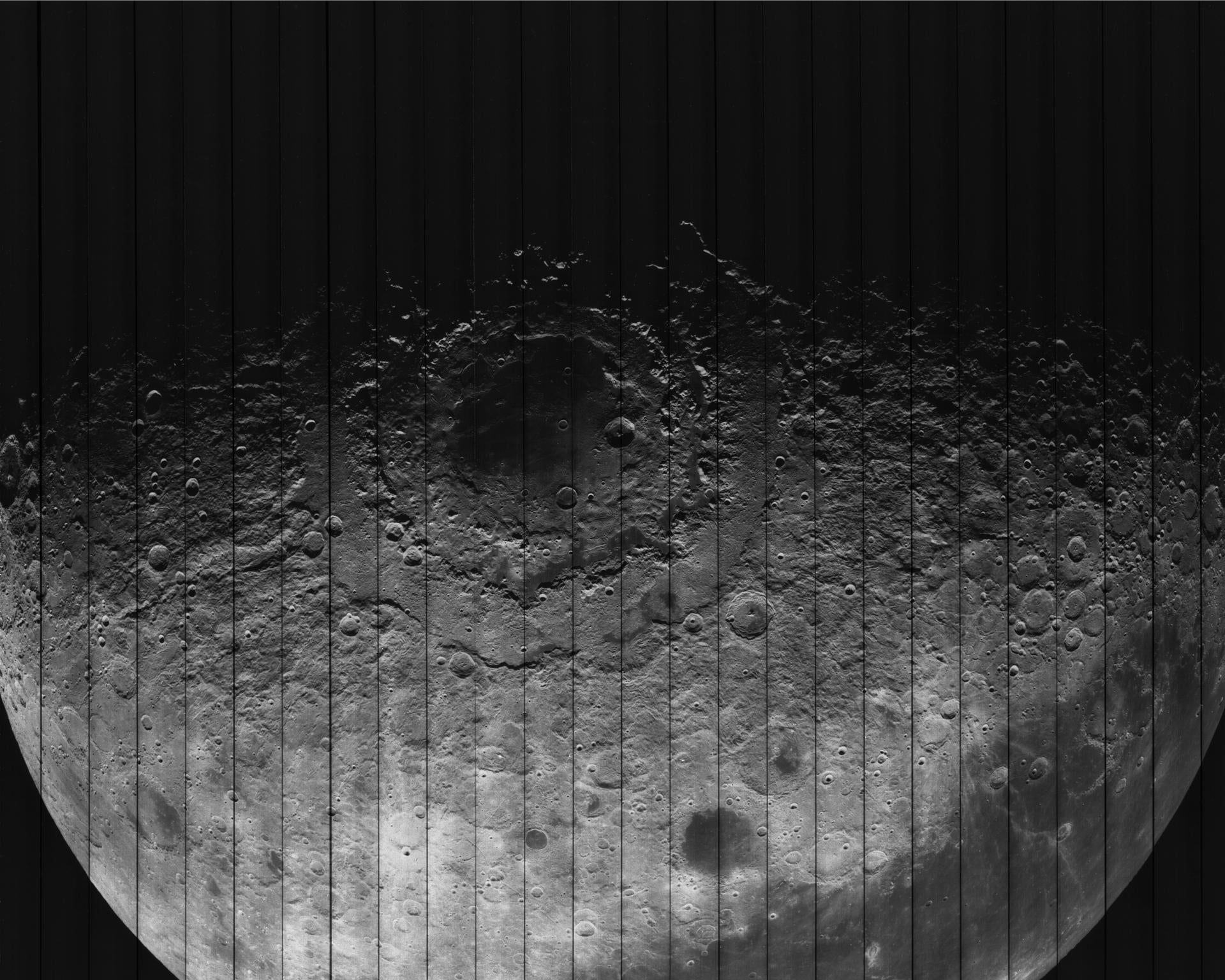
Apollo missions
American astronauts, starting with Apollo 8, were the first to see the moon close up with the naked eye. They captured incredibly sharp and detailed photographs of the moon with Hasselblad cameras.
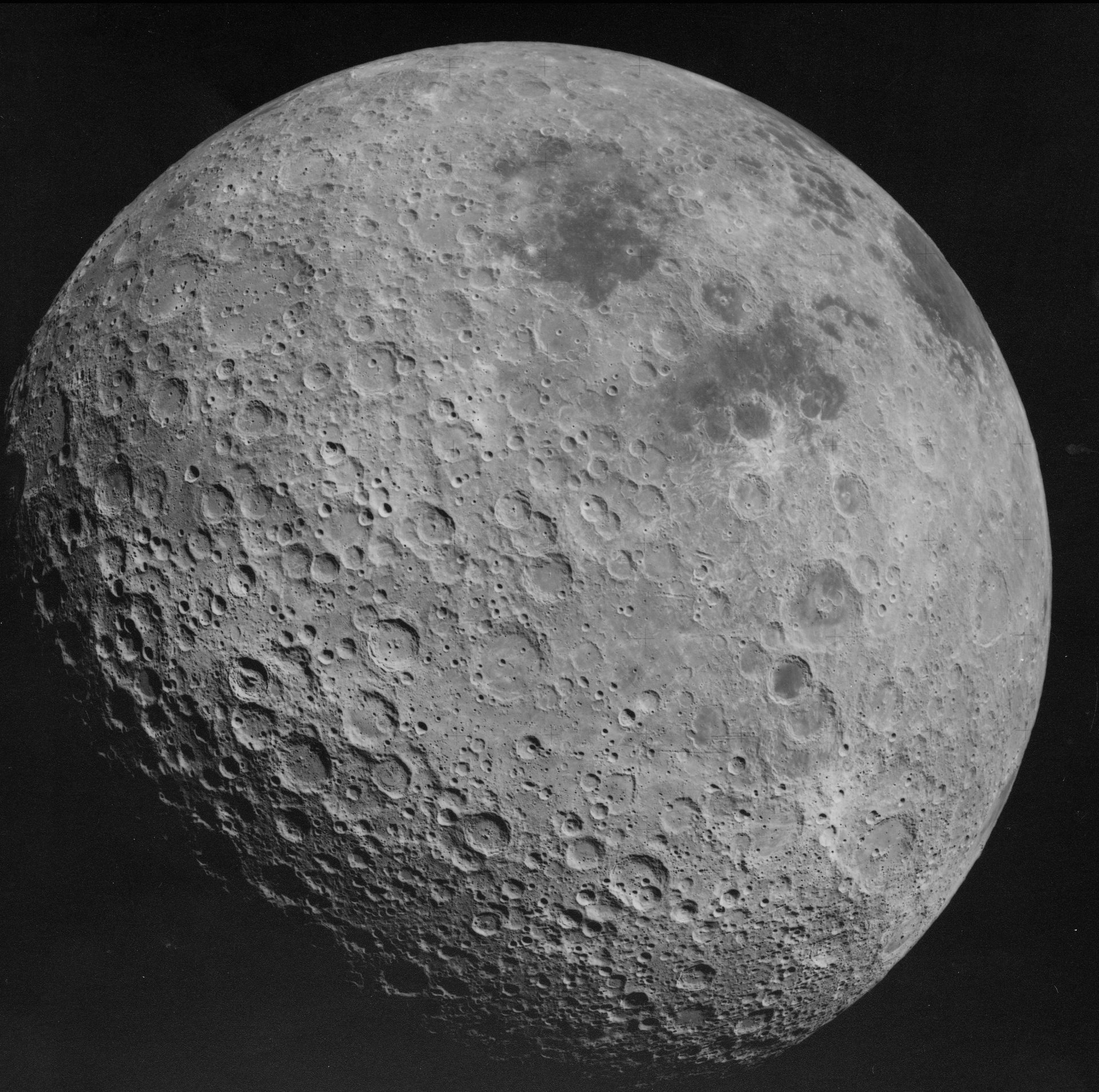
NASA goes back to the moon
NASA’s Lunar Reconnaissance Orbiter, launched in 2009, has captured some of the most detailed images to date, including this mosaic image of the far side.
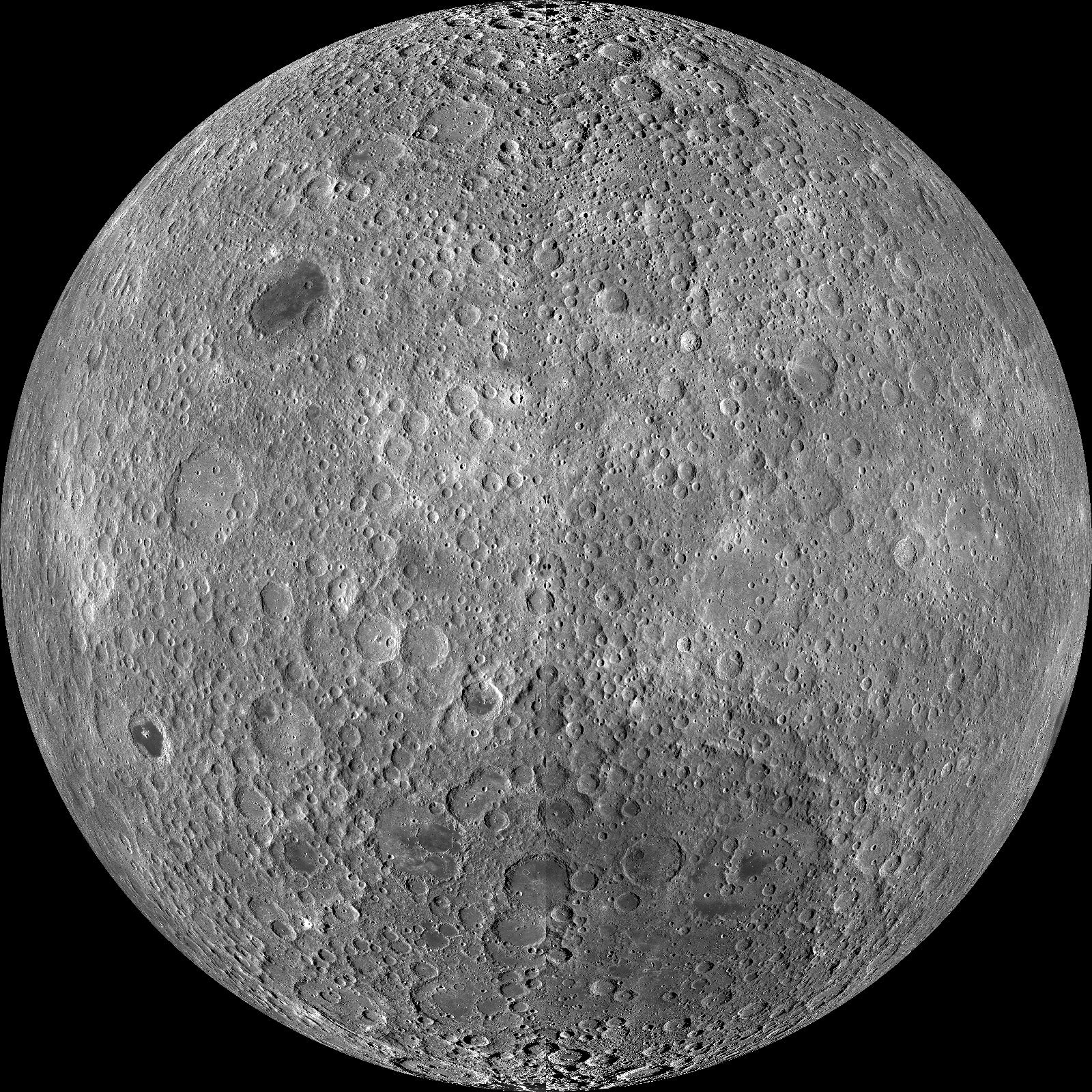
China’s Chang’e-4 mission
The Chinese lander Chang’e-4 was the first craft to land on the far side of the moon. The closeup images beamed back after its Jan. 3 landing gave the first glimpse of the far side from the surface. The mission included the release of a rover, the Yutu-2.
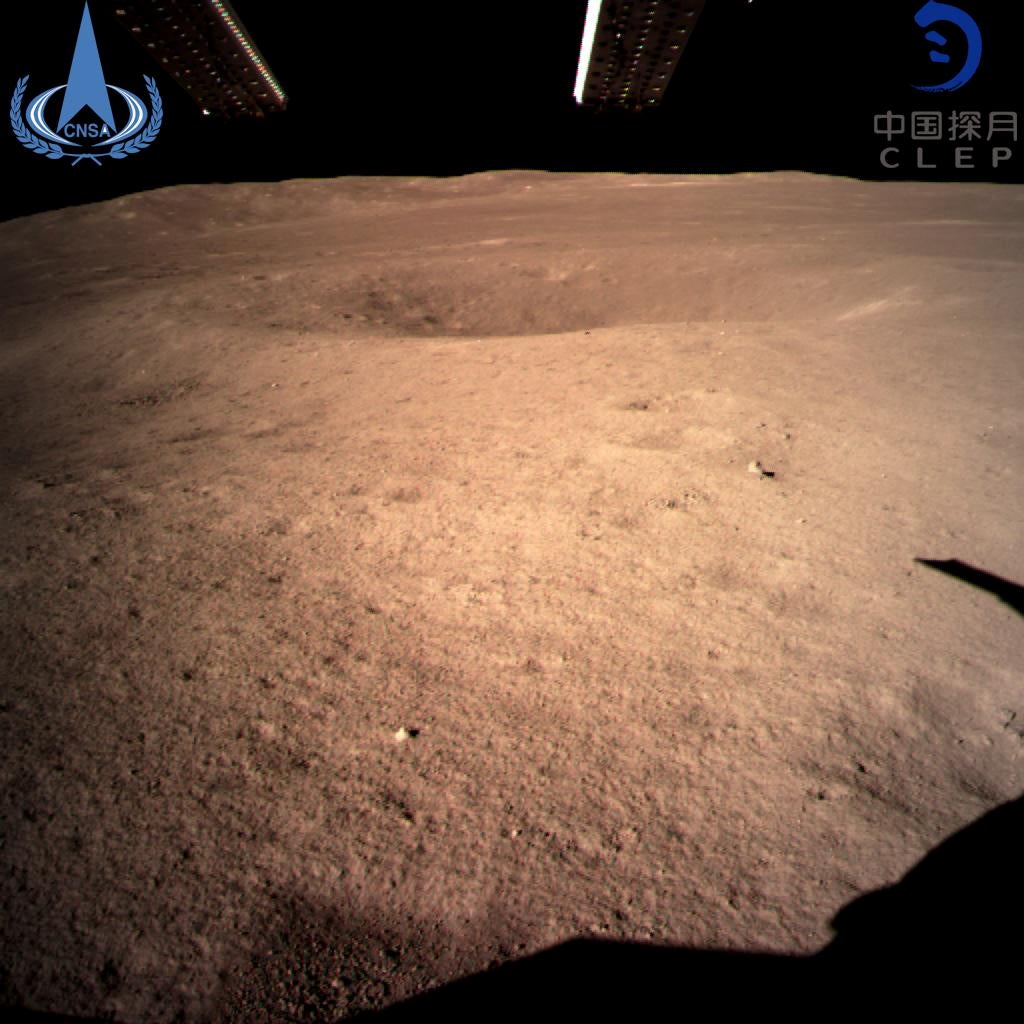
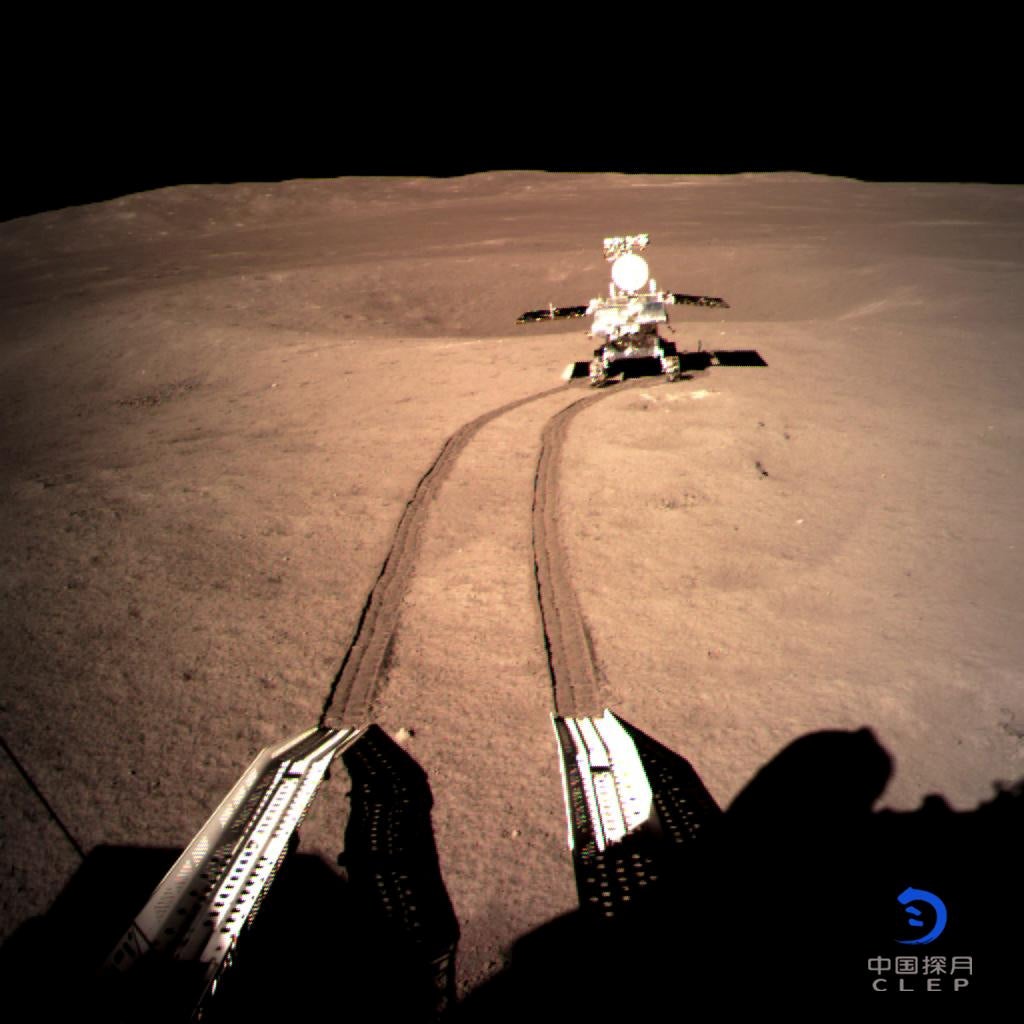
Israel’s Beresheet mission
Israel’s privately built Beresheet probe has already sent back images of the moon from lunar orbit.
